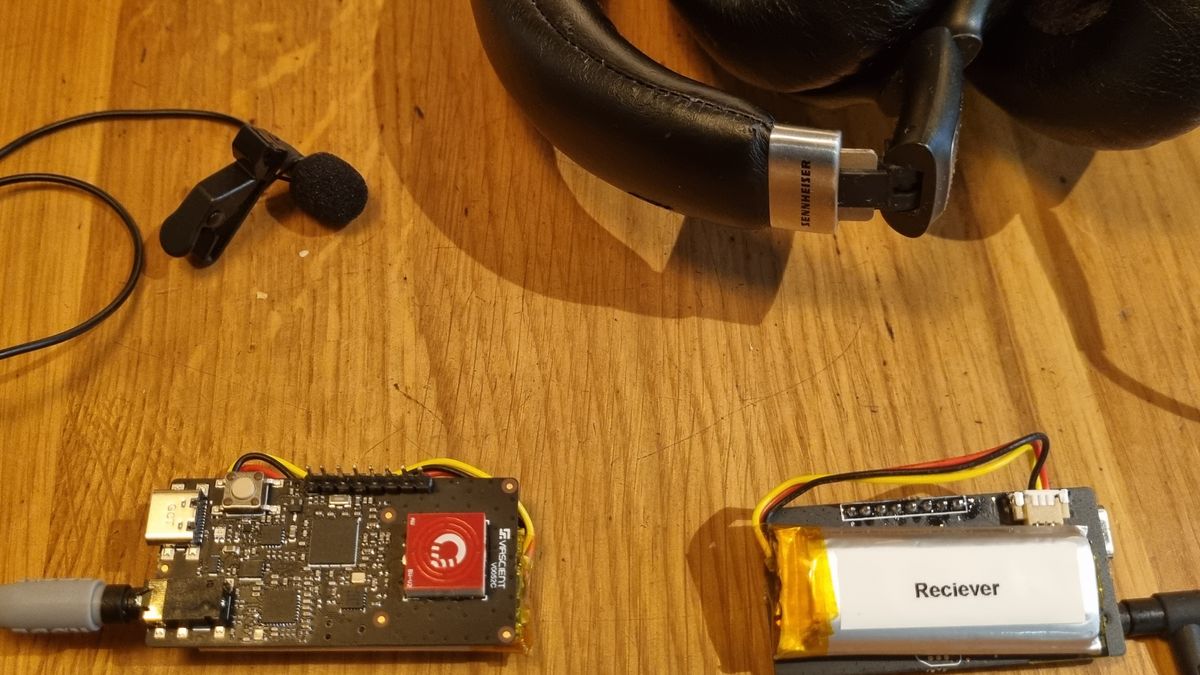Belfast-based Audio Codecs has collaborated with New Zealand-based RF consultancy Virscient and AntennaWare on the Skylark BLE.
The new Bluetooth low energy digital wireless module is based around the Nordic nRF53 platform and boasts audio in/audio out latencies of less than 10ms, as well as a significantly more robust link. Available as a standalone and a licensed OEM product, Skylark BLE gives users the dual benefit of a popular platform and professional grade audio performance. Alongside established markets, it also has much to offer the emerging Vlogger market and is a suitable candidate for house of worship, gaming, and karaoke applications.
[Check Out the AV that Rocks Between the Dawn and the Dark of Night]
"By leveraging the popular Nordic Bluetooth Low Energy platform and using the exceptional design skills of the Virscient team, we have been able to demonstrate the value and quality of both the Bodywave RF antenna and the Skylark audio codec," explained Jonny McClintock, spokesman for the consortium. "End users will enjoy a rock-solid link and incredible audio, all delivered at a previously impossible 10ms."
The launch of Skylark BLE is the result of a collaboration between Audio Codecs, which develops the low latency (under 2ms), high-quality (24 Bit, 48kHz) Skylark digital audio data compression algorithm, and Virscient, a consultancy with deep expertise in wireless and the Internet and an international reputation for developing products for leading semiconductor and manufacturing companies.
[AV Network's top stories, product news, and expert insights]
The Skylark BLE module runs on the application processor and incorporates Audio Codec's Skylark algorithm and Antennaware's Bodywave RF antenna—a versatile antenna that was specifically designed to address the effects of 'body blocking' and the highly annoying audio drop-outs this can cause. Virscient has added its own proprietary RF middleware, which combined with the inherent resilience in of Skylark and the additional 20dB of gain due to Bodywave ensures a rock-solid Bluetooth RF link. This solution of platform, antenna and codec offers performance figures that were considered almost impossible due to the vagaries of Bluetooth operating in the cluttered 2.4GHz spectrum.
McClintock added that the consortium is planning to reduce the latency even further and will also be supporting alternative RF frequencies such as UWB—a move that will perfectly address the rapidly emerging Headphone 3.0 market.










